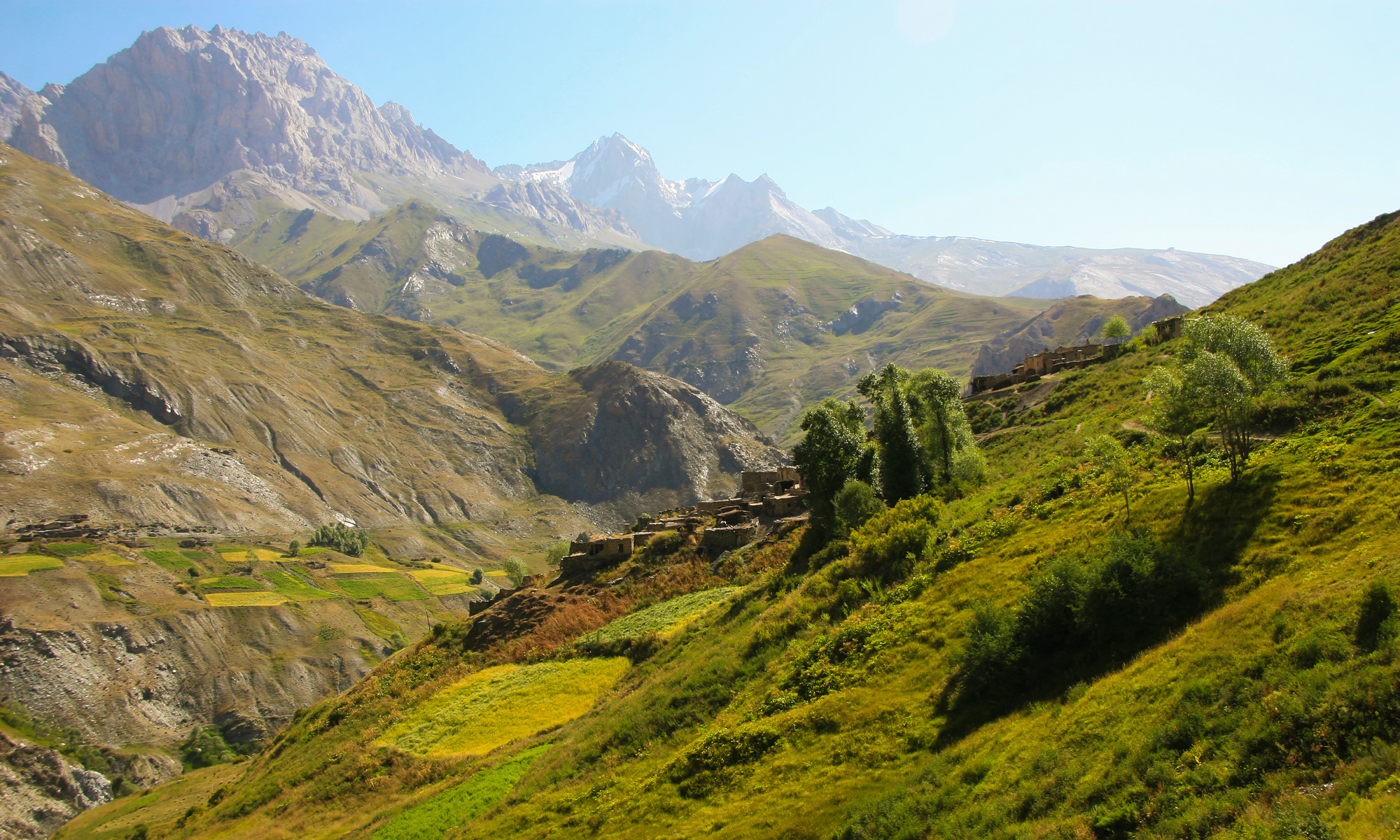In the Yaghnob Valley, plastic packaging and synthetic debris are piling up in a landscape once defined by closed ecological cycles and natural biodegradability. For a community rebuilding after decades of forced displacement, the arrival of modern materials has outpaced the development of infrastructure to manage them.
This is not simply a sanitation issue—it is a challenge to environmental health, community dignity, and long-term sustainability.
Before the mass deportations of the 1970s, Yaghnobi households lived within self-contained material economies. Nearly everything—tools, food containers, clothing—was reused, repurposed, or returned to the land. Organic waste went to animals or compost. Ash was recycled into soap. Packaging as we know it did not exist.
Since the 1990s, as families have returned and trade networks expanded, new goods have entered the valley—but waste systems have not. Community health assessments and environmental field notes confirm that:
-
There are no municipal or district-level waste collection services.
-
No formal landfills or containment zones exist in the valley.
-
Burning, burying, and informal dumping are the default disposal methods.
The result is a visible—and growing—presence of plastic jugs, foil wrappers, glass shards, and rubber fragments, often near homes, rivers, and paths.
Yaghnobi households continue to display high levels of resourcefulness:
-
Plastic bottles are reused for carrying milk, storing oil, or watering plants.
-
Tin cans are repurposed as candle holders or grain scoops.
-
Worn textiles are layered into bedding or used as kindling.
But much of today’s waste—synthetic polymers, laminated packaging, engine oil residue—cannot be safely reused or naturally broken down.
Burning plastic waste, particularly in indoor stoves or open fires, introduces toxic pollutants into homes and air. Burying waste near water sources risks leaching chemicals into streams and springs that supply drinking water. Children often play near these informal dumpsites, unaware of the associated risks.
This is not a failure of knowledge, but of infrastructure.
Historical ethnographies and oral histories document Yaghnobi values of cleanliness (pakizagi) and sacred geography—with strong taboos against polluting water sources or defiling communal spaces.
Modern waste, however, resists cultural integration. It is not easily classified or ritualized. It does not decompose. It sits between worlds: too foreign to understand, too persistent to ignore.
As one elder explained:
“We didn’t have this kind of trash. We used everything. But now it just stays—no matter what we do.”
Without environmental education, regulatory guidelines, or collection systems, residents must navigate invisible hazards with no formal support.
If left unmanaged, the growing waste burden in Yaghnob threatens both public health and the valley’s fragile mountain ecology:
-
Air quality deterioration from frequent burning, especially plastics and rubber
-
Contaminated water sources due to improper waste burial
-
Soil degradation and microplastic accumulation in agricultural fields
-
Wildlife disruption, including ingestion of synthetic materials by animals
-
Increased respiratory illnesses in children and elders, as observed in field clinics
These risks are compounded by isolation, with limited access to medical services, water filtration, or environmental monitoring.
Effective waste management in Yaghnob must start with community-led approaches, scaled for rural, low-infrastructure environments, and supported by policy, education, and technical assistance. Key strategies may include:
-
Designated village waste zones, away from water and homes, protected from animal access
-
Training on low-emission waste burning (e.g., avoiding certain plastics)
-
Composting for organics, especially food and latrine waste
-
Periodic removal of hazardous waste, coordinated with district authorities
-
Education on packaging choices—what to bring in, what to avoid
-
Youth environmental clubs, linking cleanup with cultural pride and ecological knowledge
The presence of unmanaged waste in Yaghnob is not a reflection of community neglect. It is a structural gap—a sign that return alone is not enough without systems to support the realities of modern life.
Trash may seem mundane, but it holds weight. It marks the edges of inclusion and exclusion, of modernization without infrastructure, of survival without systems.
